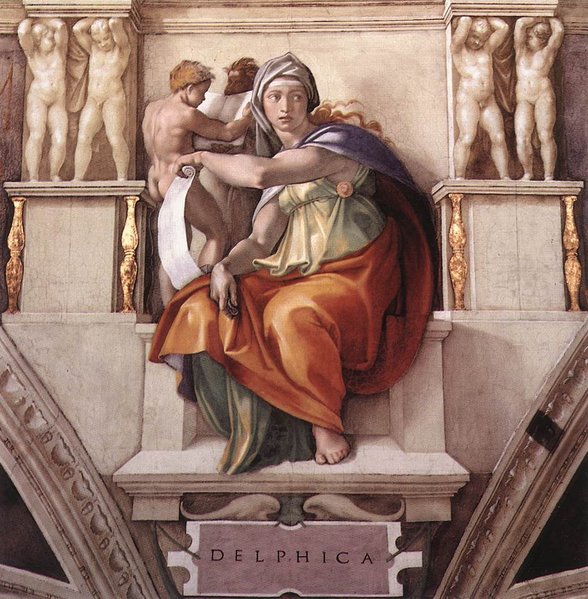 |
| Michelangelo, Ignudo from Genesis Fresco, 1509 |
BY REMY JACOBS
This kind of work is what Michelangelo was known for. This piece, in particular, is located on the ceiling of the Sistine Chapel in Rome, Italy. The pope at the time thought this to be offensive and said that a sacred place like the Sistine Chapel is not the appropriate place for art like that. So he decided to have it removed from the Chapel.
Michelangelo's subjects during this time were thick, nude, and ripped men. Not only does the guy have the bod, he also has the hair. This guy isn't half bad. He definitely knows what he's got and knows how to flaunt it. Be careful ladies, just because he's aesthetically pleasing, doesn't mean he has a good heart or good intentions. On the other hand, he could also be a perfectly nice person. We just don't know. Besides all of that, he's still visually pleasing.












